Whole house electical radiant? (small house)
aramaram
9 years ago
Related Stories

GREAT HOME PROJECTSHow to Add a Radiant Heat System
Enjoy comfy, consistent temperatures and maybe even energy savings with hydronic heating and cooling
Full Story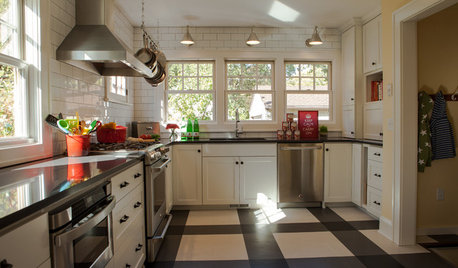
KITCHEN DESIGNKitchen of the Week: Drab and Dysfunctional to Radiant in Minnesota
Clunky storage and lackluster floors get nixed in favor of open shelves, plaid vinyl and an effective kitchen work triangle
Full Story
FLOORSIs Radiant Heating or Cooling Right for You?
Questions to ask before you go for one of these temperature systems in your floors or walls (yes, walls)
Full Story
FLOORSFloors Warm Up to Radiant Heat
Toasty toes and money saved are just two benefits of radiant heat under your concrete, wood or tile floors
Full Story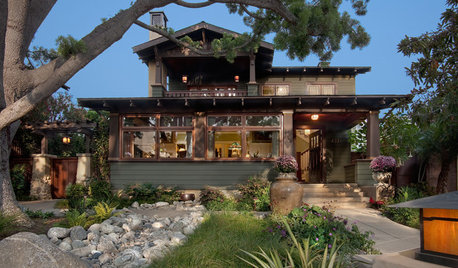
CRAFTSMAN DESIGNHouzz Tour: Radiant Restoration of a 1910 Arts and Crafts Bungalow
A single-story bungalow in San Diego gets a second floor and so much more
Full Story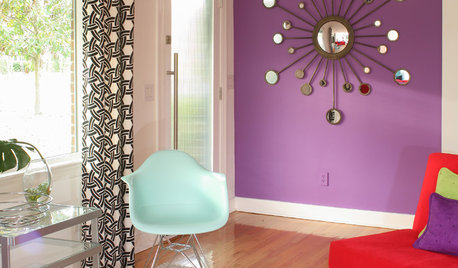
COLORBest Ways to Use Radiant Orchid, Pantone's Color of 2014
Learn how to work in this bold fuchsia-pink-purple successfully around the home, and give it a yay or nay in the Houzz poll
Full Story
COLORPick-a-Paint Help: How to Create a Whole-House Color Palette
Don't be daunted. With these strategies, building a cohesive palette for your entire home is less difficult than it seems
Full Story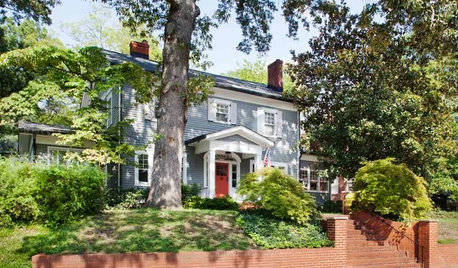
HOUZZ TOURSHouzz Tour: Whole-House Remodeling Suits a Historic Colonial
Extensive renovations, including additions, update a 1918 Georgia home for modern life while respecting its history
Full Story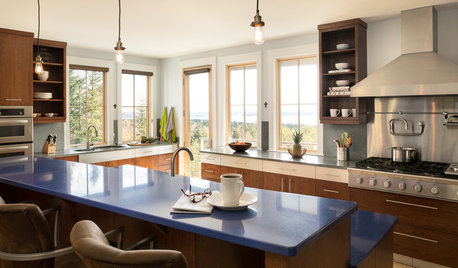
DECLUTTERING5 Ways to Jump-Start a Whole-House Decluttering Effort
If the piles of paperwork and jampacked closets have you feeling like a deer in the headlights, take a deep breath and a baby step
Full Story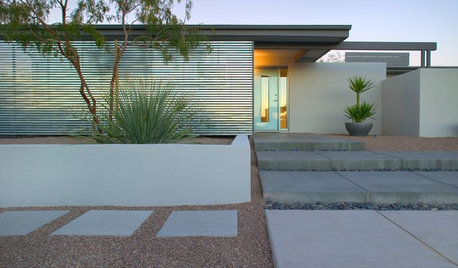
HOUZZ TOURSHouzz Tour: A New Shower Leads to a Whole-House Remodel
Cohesion is the new name of the game for this transformed Arizona home, a dramatic departure from its former awkwardness
Full StoryMore Discussions








Elmer J Fudd
aramaramOriginal Author
Related Professionals
Coachella Solar Energy Systems · Freeport Solar Energy Systems · Lomita Solar Energy Systems · Milpitas Solar Energy Systems · Rockledge Solar Energy Systems · Wildomar Solar Energy Systems · Franklin Solar Energy Systems · Bozeman Home Automation & Home Media · Gilbert Home Automation & Home Media · Ponte Vedra Beach Home Automation & Home Media · Roselle Home Automation & Home Media · Rowland Heights Home Automation & Home Media · Westminster Home Automation & Home Media · Winchester Home Automation & Home Media · Knoxville FireplacesElmer J Fudd
fruitnut Z7 4500ft SW TX
aramaramOriginal Author
Elmer J Fudd
Jason